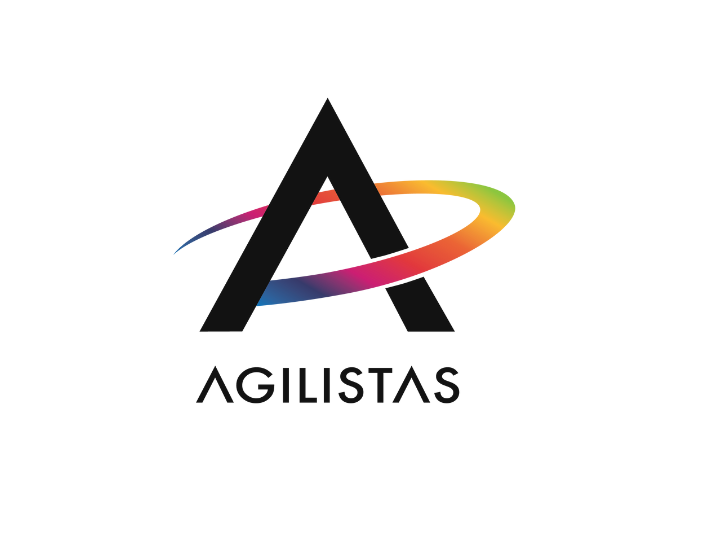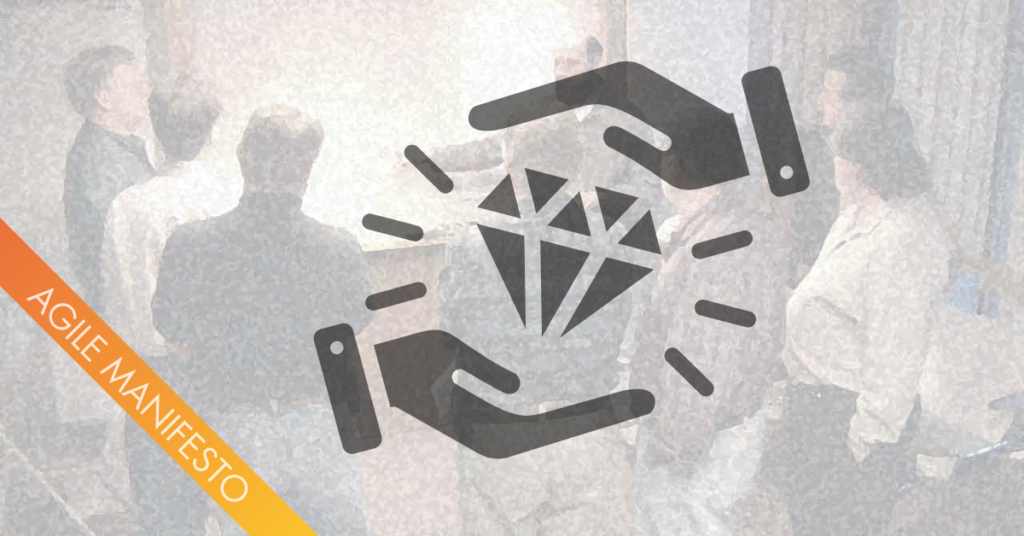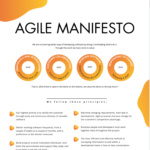[ Agile Manifesto — Principle 1 ]
The first of twelve principles of the agile Manifesto reads: “Our highest priority is to satisfy the customer through early and continuous delivery of valuable software.”
Is it? And if it is, how does this shape our actions and practices? How do we make sure that our commitment to customer satisfaction isn’t just marketing rhetoric but a living, breathing reality?
Let’s dissect the first principle that sets the tone for the rest of the principles of the entire Agile Manifesto. It leaves no doubt on where our priority is: satisfying the customer with valuable software.
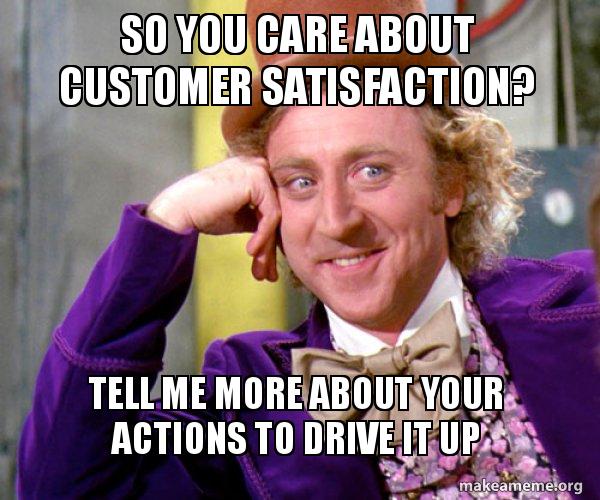
Customer Satisfaction
A customer-centric approach aligns the development process with the end-users’ needs and expectations. Ultimately, customers decide about our (financial) success, so they deserve to be put first.
How can we achieve customer satisfaction?
The answer is easy: by giving them a product that has an intuitive and enjoyable experience and meets the customers needs and pain points.
Strategies for Achieving Customer Satisfaction
Regularly engage with customers and find out. Yes, it is easier when you produce software for a specific customer. But it’s not impossible for shelf-ware. Here are some tips:
- Create empathy with the customer: I worked in a software company with a few thousand employees. Developers never saw a real customer in the flesh. However, through the concept of personas we knew for whom we built the software. To not have their names and profiles buried somewhere in Confluence, every office was equipped with life-sized cardboard persons.
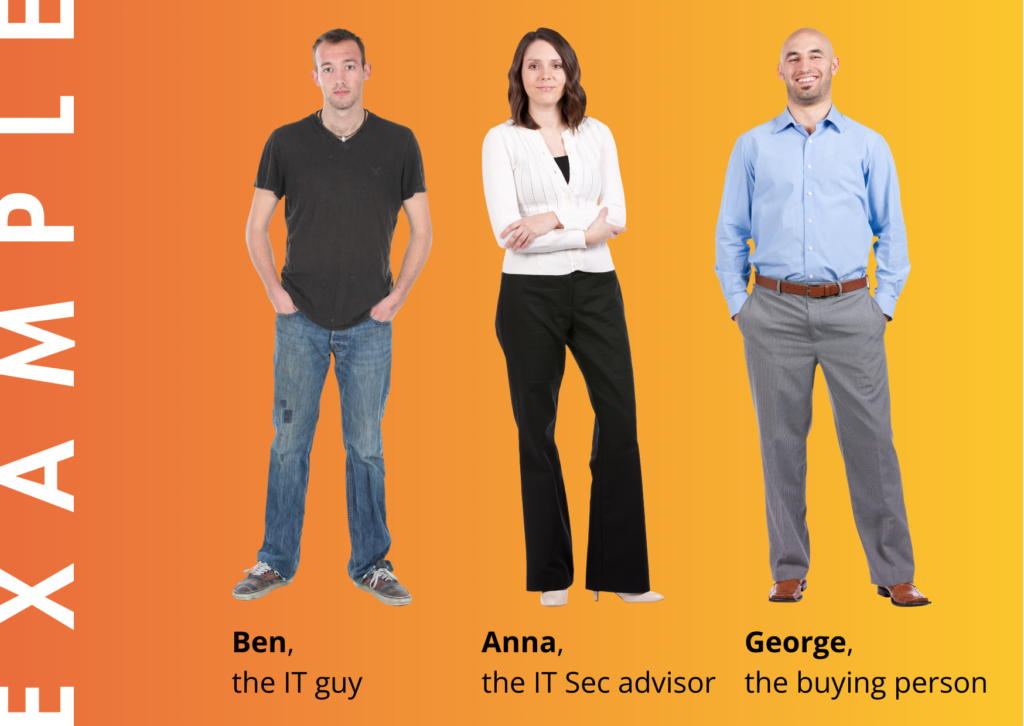
- Understand customer pain points: The support organization can be a real good source of ideas for improvements as they have to deal with the flaws of the current product all-day. They may have statistics about the areas in the product that would benefit the most from some attention.
- Understand how customers use the product. Conduct user tests. We once rented a UX lab and had 5 real customers try out newly developed features. Since it was all caught on video, the developers could watch how an end user navigates through the UI and what they thought about it. If you cannot afford a fancy lab, there are plenty of low- and no budget options.
Early and Continuous Delivery
Let’s assume, we now know what makes the customer happy, we now only have to deliver it early and continuously.
I don’t think we have to discuss “early”. The days where it took up to three years to deliver a software project to a customer are behind us. Time-to-market demands tend to speed up and you don’t want to constantly play catch-up with competitors.
Your ability to continuously deliver not only makes you appear reliable to your customers but also indicates that you are able to release often — probably by breaking down projects into smaller increments, short development cycles and embracing automation.
What is Valuable Software?
Let’s come to the hardest part in that principle: the valuable software. In Scrum, we are supposed to prioritize our Product Backlog Items according to priority — which correlates strongly with value. But what makes software valuable?
-> When the software’s core functionality and relevant features fulfill its intended purpose effectively. Right?
But the value of a (software) product extends beyond mere functionality.
Here are key aspects that contribute to the value of software or a product:
- Reliability, stability and performance: A reliable and stable product builds trust with users. Efficient and responsive performance contributes to a positive user experience.
- Scalability: The ability to handle increased users or data as the product grows. Think of 1000s of users hitting your authentication server at Monday 8am simultaneously.
- Flexibility and adaptability to change: Your product’s capacity to adapt to changing requirements and environments. Is your architecture and codebase up to it? Is your software easy to update?
- Security: Ensuring the confidentiality and integrity of user or payment data and protection against potential security threats and vulnerabilities are indisputable elements of state-of-the-art software products.
- Cost-Effectiveness: Providing value that justifies the investment made in the development and maintenance of the software.
- Compliance and Standards: Adherence to legal and industry-specific regulations. Conformance to industry standards for interoperability and best practices.
All these aspects are to be factored in when a software is valuable to the customer. Even though no customer would explicitly state them as they — at least from a customer perspective — go without saying. At least I hope that I don’t have to tell the folks who develop my online banking system that all the above boxes need to be checked.
Let’s assume the (software) product does everything it is supposed to do functionality-wise AND we are covering all aspects… There is one thing customers love: it is delivering something unique or superior compared to alternatives.
Innovation and competitive edge
Products that customers truly love also serve the unspoken needs. Innovation goes beyond clear customer requirements. This requires to master a delicate balance between understanding latent needs and surprising users with novel solutions.
Let’s look at a real-world example: Netflix not only met but also exceeded customer expectations through innovative approaches.

I love how Netflix revolutionized the way we consume films and series and hence shaped the way of home entertainment.
Traditionally, customers expected video rental stores and/or cable/satellite TV subscriptions. Customers didn’t explicitly demand streaming, but Netflix identified a latent need for on-demand, convenient content consumption. Netflix hit a homerun by meeting this unspoken need.
And with all the data they collected about usage, they could invest heavily in improving our experience: The recommendation algorithm personalized content suggestions, exceeding expectations by anticipating individual preferences.
Based on what most users want to watch, Netflix began to not only be a platform for existing content but creating its own high-quality shows and movies.
Interim conclusion
By recognizing unmet needs and introducing a novel approach, Netflix not only met but surpassed customer expectations, redefining how people consume entertainment.
In essence, the value of software or a product is a combination of meeting user needs, providing a positive experience, and adapting to the evolving landscape of technology and user expectations. And if you have a really great product, you also meet unspoken needs.
How can we create valuable software?
- Focus on delivering features that provide real value to the customer, avoiding unnecessary features that may not contribute to the end-users’ satisfaction (see the article on “Simplicity — the art of maximizing the amount of work not done — is essential.”)
- Prioritize features that provide the most significant value to customers. Regularly reassess priorities to stay aligned with evolving customer needs.
- Iterative delivery: Aim for frequent and regular releases, allowing for the continuous delivery of valuable features. This approach not only satisfies customers early but also facilitates faster adaptation to changing requirements.
- Continuous assessment, user feedback, and a commitment to improvement are crucial in delivering and maintaining a valuable product.
- Encourage cross-functional collaboration including developers, testers, designers, and business stakeholders. This collaborative approach ensures a holistic understanding of customer needs and a more effective and efficient development process.
- Embrace change: Cultivate a culture that embraces change and views it as an opportunity for improvement. Acknowledge the potential challenges teams might face in adhering to the first principle, such as resistance to change or difficulty in defining and delivering “value”. Think of strategies to overcome these hurdles, i.e. listen to them, conduct workshops, etc.
- Invest in training and skill development for team members. Equip them with the tools and knowledge necessary to deliver high-quality software efficiently. I mean it. Technical excellence is something that has to be trained. A good adoption of agile methodologies has to be trained. (Look at our website for suitable training or contact us!).
- Culture: Foster a workplace culture that encourages and rewards innovative thinking. This mindset can permeate through all levels of the organization, driving continuous improvement and creative problem-solving.
- Create a feedback loop: Establish mechanisms to gather feedback continuously. This loop helps in understanding how customers are responding to innovations and provides insights for further improvements. Can you collect usage data automatically? What data is most valuable to you?
- Continuous and open communication: Establish transparent and open lines of communication between development teams and customers. Regularly engage in discussions, solicit feedback, and keep customers informed about progress and changes. This will foster trust and hence deepen your relationship with the customer. The feedback you get will probably be more honest and hence more valuable to you.
- Actively educate customers about new features or innovations and engage with them to understand their perspectives. This fosters a sense of collaboration and shared ownership in the product’s evolution.
- Balance innovation risk and reward: Innovations inherently involve risks. However, it’s crucial to balance these risks with the potential rewards. Clearly articulate the benefits of the innovation to customers. And if something does not work — well, then it’s good that you now know and can take countermeasures.
- Implement metrics to measure the effectiveness of your delivery process and customer satisfaction. Regularly reflect on these metrics to identify areas for improvement and to celebrate successes.
What can you do each Sprint?
For a Scrum team aiming to fulfill the first principle of the Agile Manifesto (“Our highest priority is to satisfy the customer through early and continuous delivery of valuable software”) on a Sprint-by-Sprint basis, here are pieces of advice:
- Prioritize your Product Backlog Items by customer value. Regularly discuss with stakeholders and the Developers.
- Define clear Sprint Goals: I am a huge fan of Sprint Goals. Clear Sprint goals help you to set and maintain your focus and help you to prioritize your work during the Sprint.
- Take Retrospectives seriously and reflect on the team’s performance. Identify areas for improvement and take action: Dedicate time in each Sprint for process improvement initiatives, address technical debt, or enhance collaboration within the team. See the article on “At regular intervals, the team reflects on how to become more effective, then tunes and adjusts its behavior accordingly”.
- Make your Sprint Reviews count by inviting stakeholders who can provide valuable feedback to you. Be sure to demo a real product increment and keep PowerPoint usage to a minimum. Think of how you want to gather feedback and what perspectives you want to understand.
- Visualize the workflow: To ensure delivery on a continuous basis, create a visual representation of your workflow using a Kanban board. Clearly visualize work items, stages of the process, and the flow of work. This transparency aids in understanding and optimizing the delivery pipeline.
Conclusion
The first principle of the Agile Manifesto lays the foundation for a customer-centric, adaptive, and value-driven approach to software development. By embracing change and prioritizing early and continuous delivery of valuable software, agile teams set themselves on a path to not just meet but exceed customer expectations.
Innovation that transcends customer expectations involves a combination of empathy, foresight, and a commitment to delivering value beyond the status quo.
The example of Netflix demonstrates that groundbreaking ideas often emerge from a deep understanding of user needs, coupled with the courage to challenge conventional norms. By anticipating unspoken needs and surprising users with innovative solutions.
Embracing a similar approach in product development can pave the way for transformative success and sustained customer satisfaction. It’s not merely about meeting expectations; it’s about consistently surpassing them, fostering a culture of innovation, and continuously adapting to the evolving landscape of customer needs.
Links
- View or comment on this article on Medium.com
We are here to coach you and your team. We’ve got a range of awesome trainings for you to pick from.
THE poster to always have the Agile Manifesto right in front of you. Or simply, to visually enhance a dull workplace.
